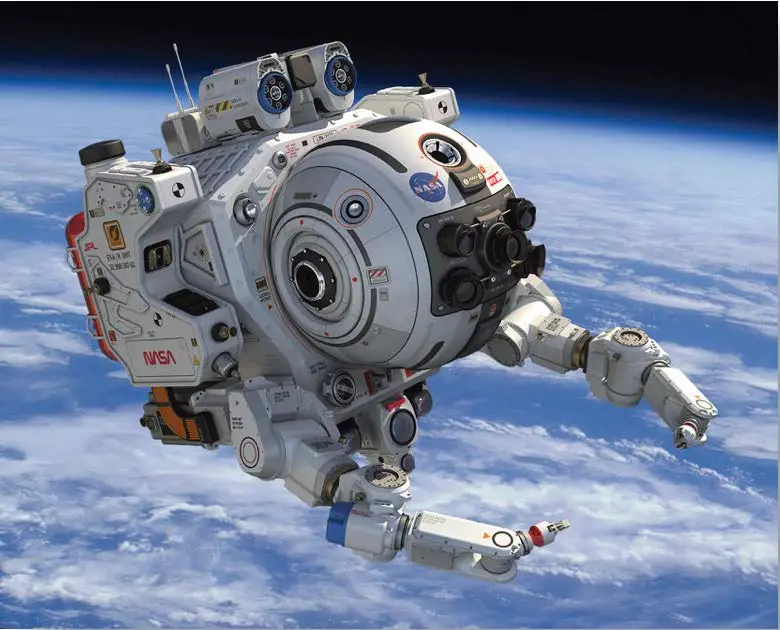As the world transitions toward renewable energy, the demand for high-performance, eco-friendly battery technologies has never been greater. Among emerging solutions, aluminum-air (Al-air) batteries are generating significant excitement. With their exceptional energy density, low cost, and environmental benefits, Al-air batteries are poised to revolutionize industries from electric vehicles (EVs) to grid storage. Let’s dive into the science, potential, and future of this groundbreaking technology.
The Fundamentals of Al-Air Batteries
Al-air batteries operate through a simple yet powerful electrochemical reaction. The aluminum anode reacts with oxygen from the air (at the cathode) in an aqueous electrolyte, producing aluminum hydroxide as a byproduct . This design eliminates the need for heavy metal cathodes, enabling a lightweight structure. Unlike traditional rechargeable batteries, Al-air systems are **primary cells**, meaning they discharge completely before requiring replacement or mechanical recharging .
—
Key Advantages
1. Unmatched Energy Density
Al-air batteries boast energy densities up to 8.1 kWh/kg, far surpassing lithium-ion batteries (0.5–0.8 kWh/kg). This makes them ideal for applications where weight and space are critical.
2. Cost-Effectiveness
Aluminum is abundant and recyclable, reducing material costs. The absence of expensive catalysts (common in lithium-air designs) further enhances affordability.
3. Safety and Sustainability
Using non-flammable aqueous electrolytes, Al-air batteries avoid the fire risks associated with lithium-ion systems . Plus, aluminum’s recyclability aligns with circular economy goals .
Applications Poised for Disruption
Electric Vehicles: Al-air batteries could extend EV ranges to over 1,000 miles on a single charge, addressing “range anxiety”.
– Grid Storage: Their scalability makes them suitable for storing renewable energy from solar/wind farms .
– Maritime and Aviation: Lightweight, high-capacity batteries could transform shipping and drones .
– Consumer Electronics: Imagine smartphones that last weeks, not days .
Challenges and Innovations
Despite their promise, Al-air batteries face hurdles:
– Corrosion and Dendrites: Aluminum’s reaction with water causes corrosion, while dendrite growth can short-circuit cells .
– Mechanical Recharging: Current systems require swapping spent aluminum anodes, which complicates infrastructure .
Researchers are tackling these issues with alloyed anodes(e.g., aluminum-gallium) to suppress corrosion and advanced electrolyte additives to stabilize reactions . Innovations in cathode design, such as nanostructured catalysts, also enhance oxygen efficiency .
The Road Ahead
Recent advancements (2024–2025) highlight rapid progress. Companies like Alcoa and Phinergy are piloting Al-air systems for EVs and grid storage . As renewable energy adoption accelerates, Al-air batteries could become integral to decarbonizing transportation and power systems.
Conclusion
Aluminum-air batteries represent a leap forward in sustainable energy storage. While challenges remain, their combination of high energy density, safety, and eco-friendliness positions them as a key player in the energy transition. With continued innovation, Al-air technology might soon power our world—cleanly, efficiently, and affordably.






